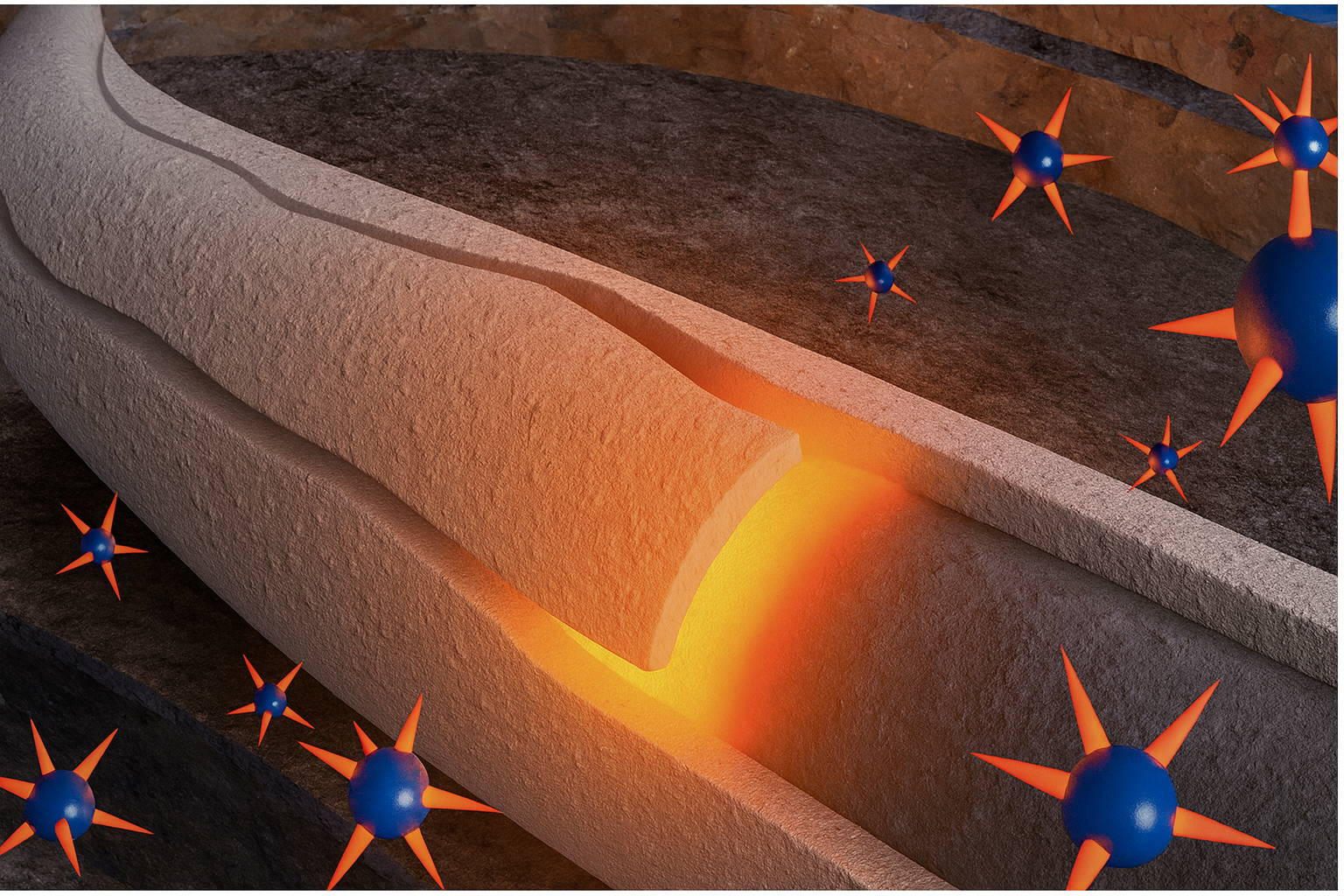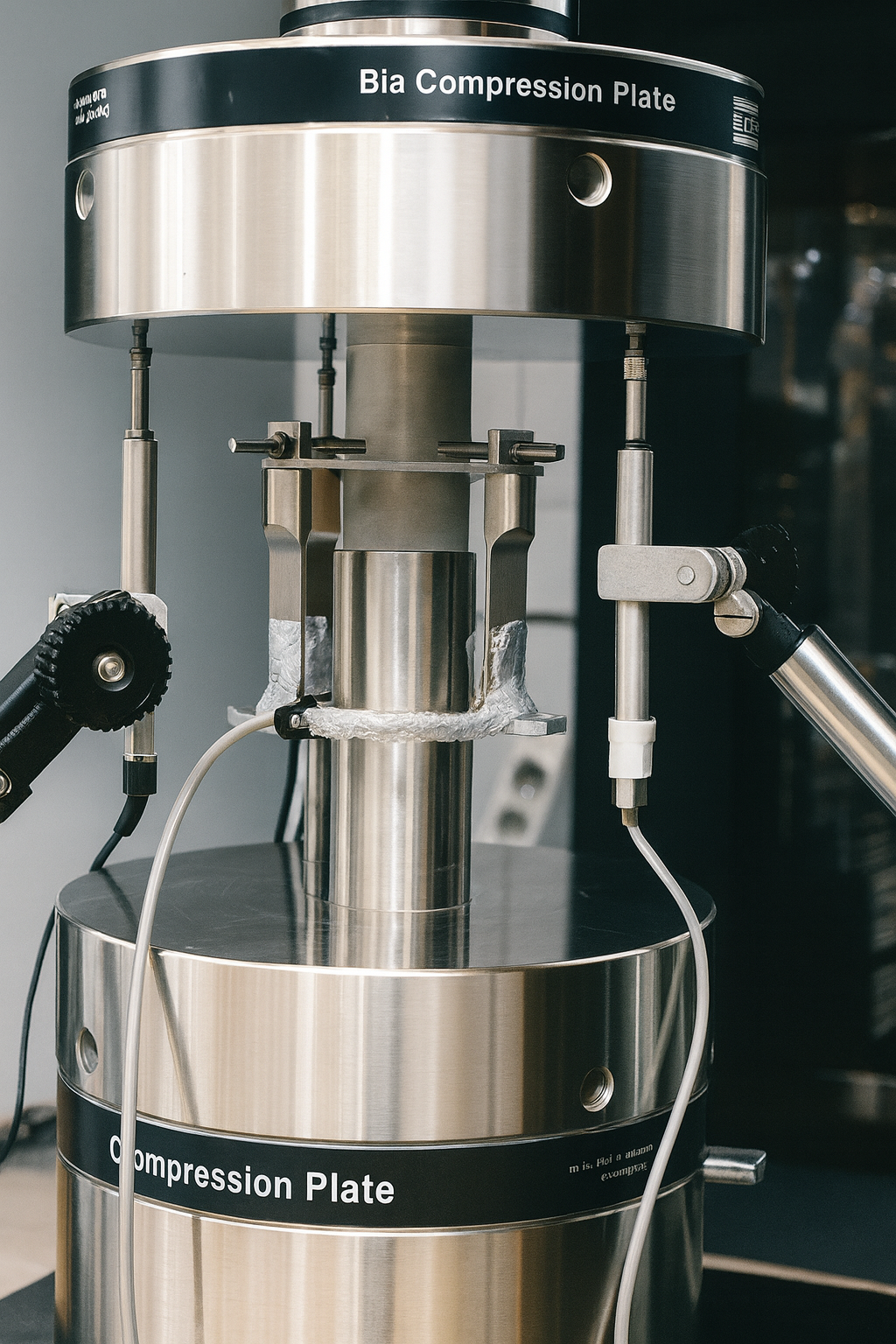DoSteam™
Thermally Resistant Cement System
Thermally Resistant Cement System
Zonal isolation while maintaining mechanical flexibility, thermal insulation, and slurry stability
DoSteam™ is a thermally stable, custom-formulated cement blend developed specifically for cyclic steam stimulation (CSS) in heavy oil well.
The design significantly mitigates strength retrogression while ensuring the system remains durable and flexible enough to withstand cyclic casing deformation. DoSteam™ steam resistant cement can be designed between 15.3 and 18 lbm/galUS.
Cement Sheath Integrity Evaluation
Increasing the system’s thermal expansion coefficient
Cement systems for steam injection wells are designed to have high mechanical strengths and low Young’s modulus to withstand the stresses induced by large casing expansion during steam injection. This formulation ensures the cement sheath can accommodate casing expansion during steam injection, reducing risks of micro-annulus formation, debonding, or casing buckling.
• With DoSteam™ 100 used as a thermally stable additive, it contributes to maintaining structural integrity under elevated temperatures, by increasing the system’s thermal expansion coefficient.
DoSteam™ 100
Performance Expectations
- The system is thermally stable at temperatures up to at least 500 °F,
- The mechanical properties of the system can be adjusted to meet specific well requirements,
- The Young's modulus of the DoSteam™ system will be lower than a conventional class G cement and silica system,
- Using DoSteam™ 100 the system can be designed at densities between 15.3 and 16 lbm/galUS.
Mechanical properties and thermal stability of the DoSteam™ 100
DOSAS is increasing its laboratory capabilities and will perform all slurry optimization, sample preparation, aging and testing.
The initial curing temperature will be applied to simulate the placement temperature prior to steam injection.
The unconfined compressive strength (UCS), Young’s modulus (E) and Poisson’s ratio (ν) will be determined after high-temperature curing.

